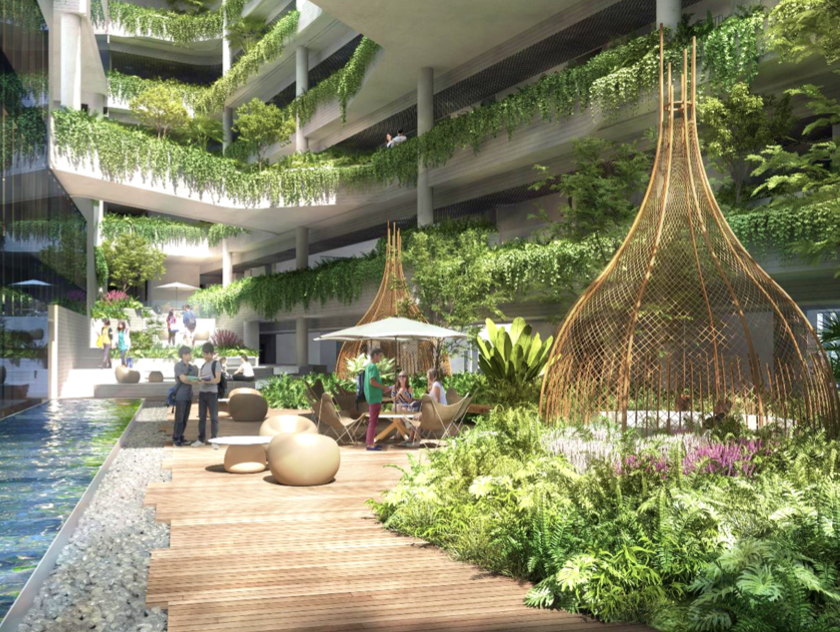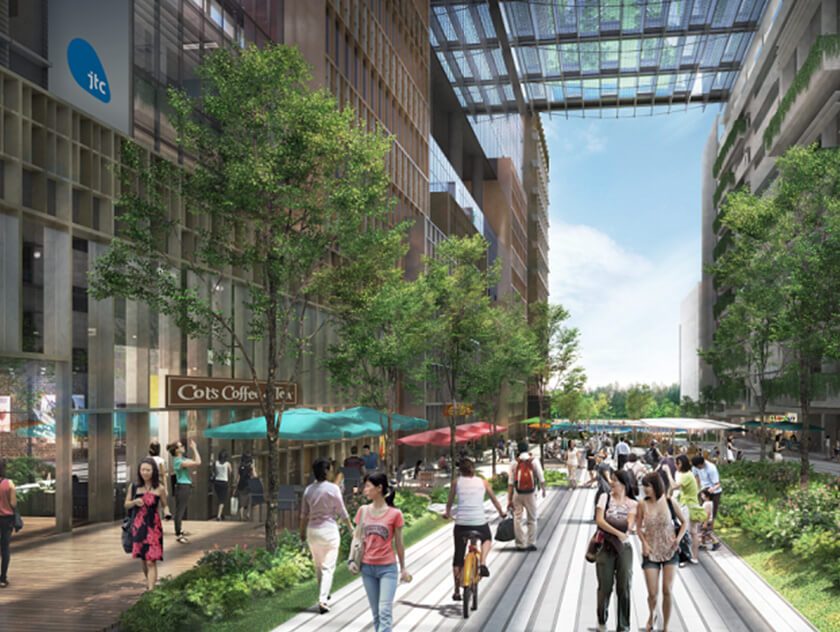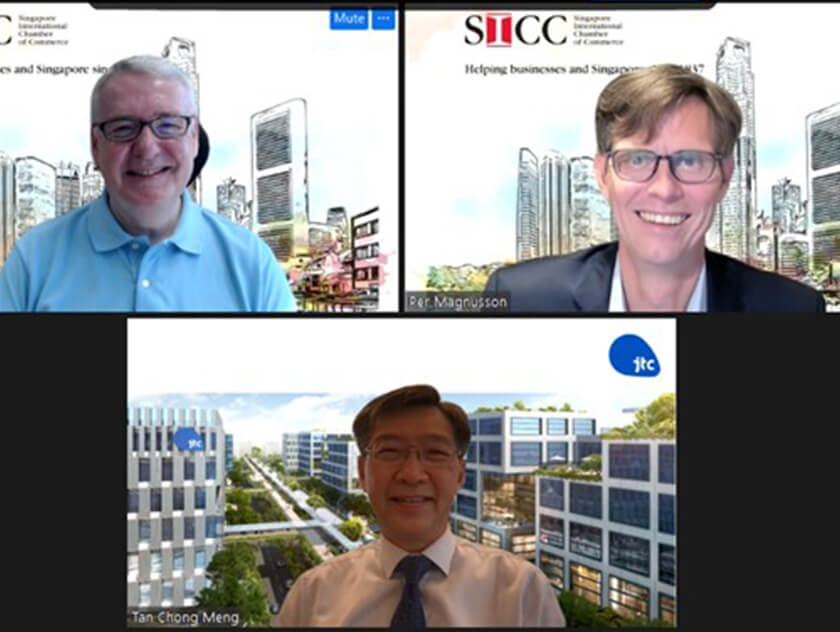The co-founding director of WOHA, Mr Wong Mun Summ is a Professor in Practice at the National University of Singapore’s Department of Architecture and co-directs the Integrated Sustainable Design Masters Studio. He is also appointed to the Seidler Chair in the Practice of Architecture at the University of New South Wale sin Sydney, Australia.
He sits on the Nominating Committee of the Lee Kuan Yew World City Prize, the Design Advisory Board of Design Singapore Council. He is also a member of the CBTUH Masters of Tall Building and Vertical Urbanism Advisory Panel. WOHA brought its visionary, multi-faceted sustainable design to the development of the Punggol Digital District. Here, he paints a picture of cities 50 years from now—one where lines between industrial, residential, educational, and even urban and natural are blurred.
The architecture of WOHA integrates different systems — natural systems, social systems and economic systems — into a cohesive design. In land-limited Singapore, real estate comes at a premium, and over the years, we have developed a high-density high-amenity approach that maximises and intensifies land use. By layering different programs and creating multiple ground levels, where people can find amenities that are typically located on the ground floor further up in the integrated developments, more real estate value is created. Many of our strategies are applied in our design for the Punggol Digital District (PDD). For example, publicly accessible sky terraces, sky parks and a collaboration loop that connects the business park and campus of the Singapore Institute of Technology (SIT).
We strongly believe that as architects we need to be very future-positive and have an optimistic outlook. We look at least 50 years into the future and try to imagine a liveable, sociable city that exists in balance with nature. In our vision of the future, we believe that we would no longer be in crisis mode. By then, technology and policy-making would have caught up and provided solutions for the critical issues we are struggling with at present. Namely, climate change, loss of biodiversity and the energy crisis. There would be diverse clean energy sources, industry and production will be integrated into the urban fabric as much as residential, educational and work spaces, as well as nature. The city would be shrinking its footprint and getting closer to taking up as many resources as it can replace. It would be self-sufficient in renewable energy, water and food, and carbon neutral in its operations and embodied energy.
The key is how we can transition from now to then. At the moment, urban planning is very two-dimensional. We segregate industrial zones from business, civic and residential districts. These silos are not integrated, and people spend a lot of time commuting from one to the other. When we plan cities three-dimensionally, and integrate the different urban and natural systems, we open up a lot of new opportunities to implement diverse mobility solutions. We can get away from only utilising the ground plane with massive roads and freeways, and shift to solutions that are underground, on the water and in the air. On-demand, autonomous vehicles will allow logistics to be operated during off-peak times, making better and more productive use of infrastructure. This enables us to transform the way we use land, design buildings and make space for people and nature.
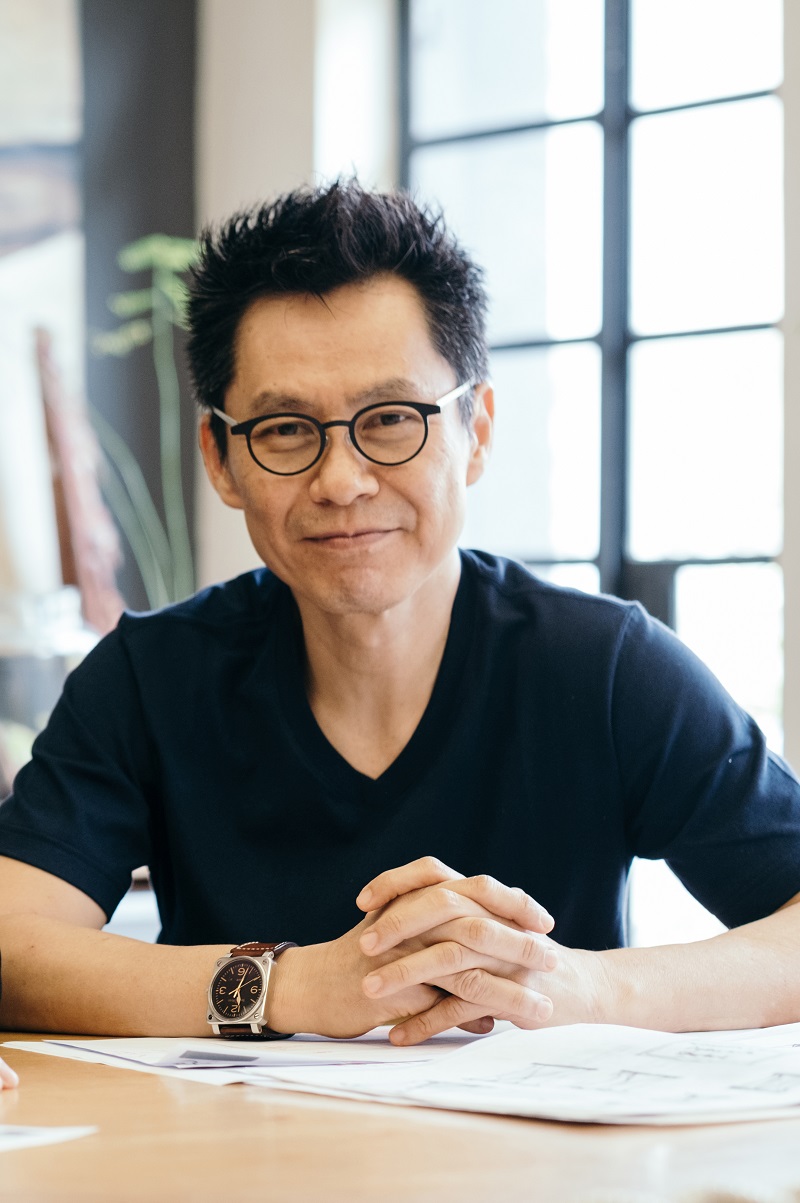
When we move from segregated 2D urban planning to innovative integrated 3D planning, we will save time, space, energy and emissions. This will, in turn, improve quality of life for all. Imagine life taking place within a three-dimensional 15-minute sphere that integrates industry, production (including food production), work, living, learning and playing.
All aspects of life will take place within this sphere on multiple ground levels and multiple urban connections from below the ground to the sky. This three-dimensional high-density, high-rise, high-amenity approach layers and integrates systems vertically. We would have a subterranean services and logistics layer, commercial, community and nature layers on or near ground level, residential, educational, leisure, industrial, manufacturing, food production, work and office layers in the middle, and aerial drone and energy layers at the top.
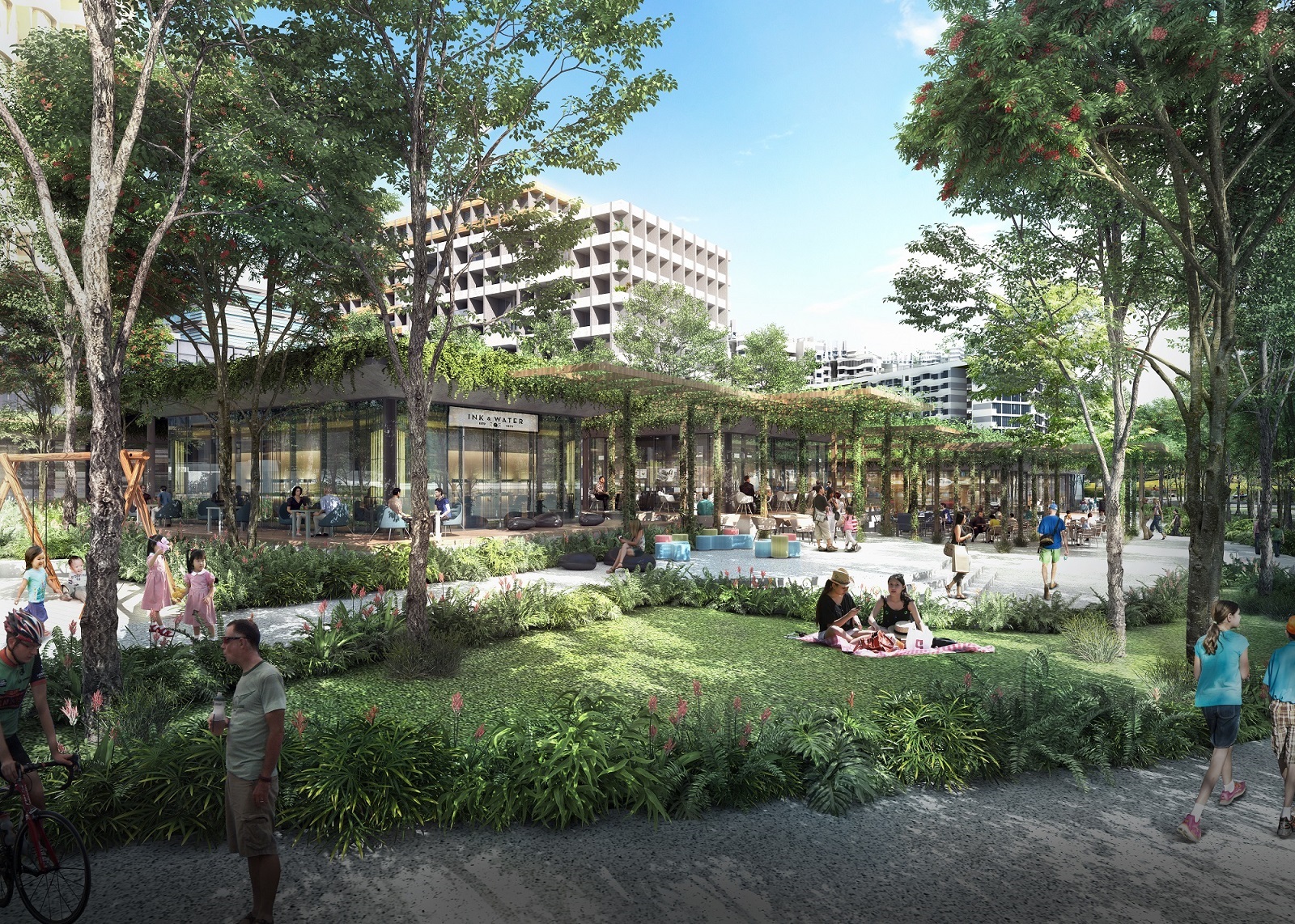
This may sound like a vision for the distant future, but the genesis of this vision is already built into PDD, and many of these approaches are being implemented as we speak. We have an underground service and logistics layer, a car-free ground level with a conserved forest, parks and recreational public spaces, a middle layer that houses both work and educational spaces (connecting and integrating the business park with the Singapore Institute of Technology Campus) as well as ample greenery, and a top layer for energy production.
This can be the future — where humans and nature co-exist in regenerative, circular systems in liveable and resilient cities of the 22nd century. Singapore is a good crucible for experimentation because its natural constraint shave been a catalyst for the development of innovative solutions. We have the institutions, government, and human resources. We are an international port that attracts talent. If we can demonstrate how it can be done, it will not only solve Singapore’s problems, but also set an example for the world, where other cities can adapt our island’s solutions to enable change that benefits humans, the built environment and nature.
This story appears in 'Dream Factories', a publication by JTC that presents the transformation journey of our industrial estates. To read the rest of the publication, click here.
